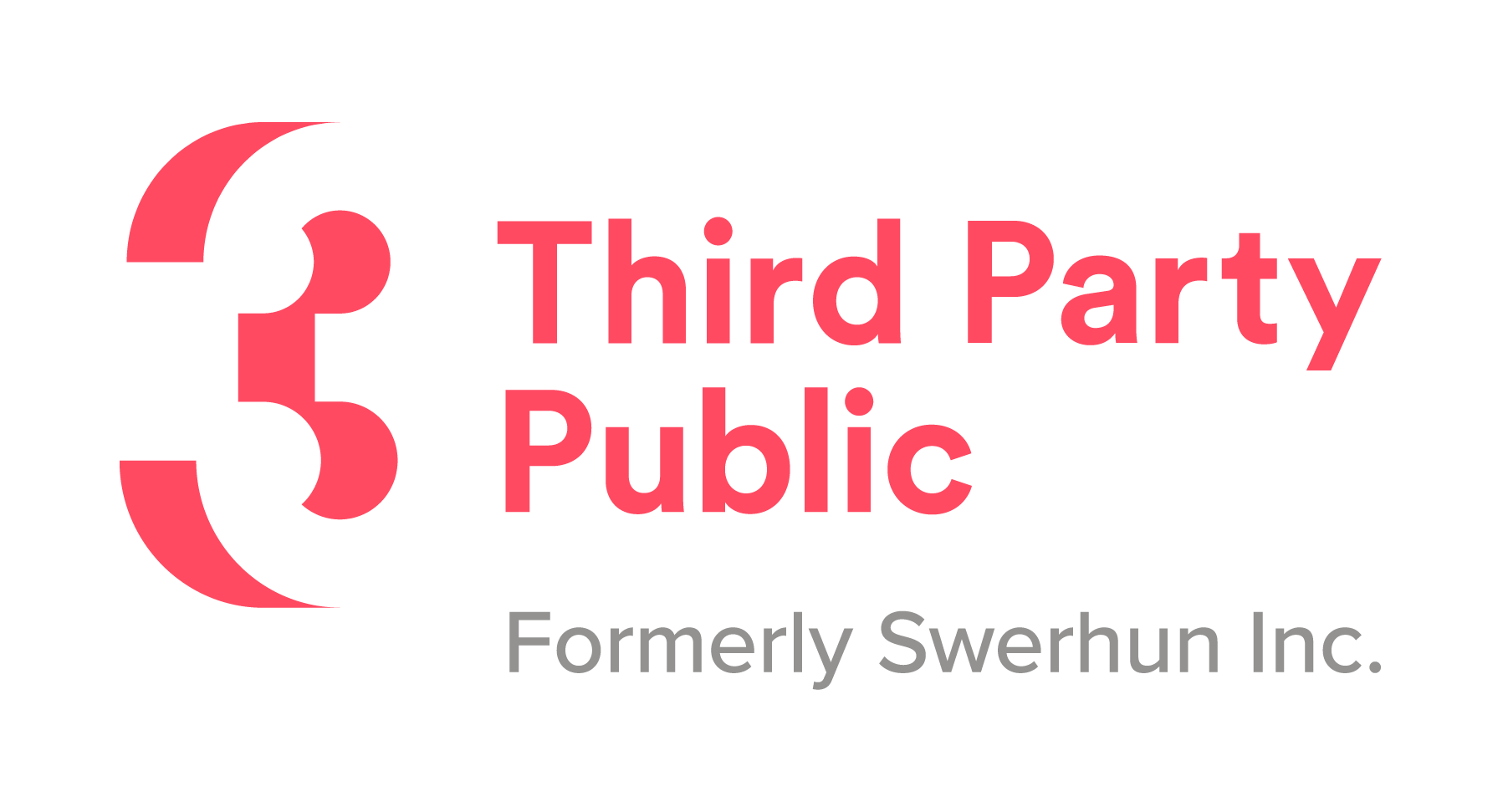Step 4:
Draft & Distribute Invitations
The fourth step focuses on getting people to participate.
CASE STUDY
A small municipality was developing their first culture plan. The municipality was well known for having a strong university, a thriving music scene, several active local craft guilds, a rich and lengthy heritage, and being located about half-way between two major urban centres.
a. Identify what would make people interested in participating in the process.
The culture plan will guide where and how the city supports local arts, culture and heritage activities. By participating in the development of the culture plan, people will have the opportunity to inform and influence where the city’s efforts are directed. As a result, the persuasive statement used in invitations was:
“Your participation is critical to understanding the unique culture of [city] and in creating a successful culture plan.”
“Learn how your ideas and advice can influence the city’s culture plan.”
“Tell us what you think about the different ideas being considered for the city’s culture plan.”
“Come hear how your input has been incorporated into the city’s culture plan.”
b. Identify all other key details to be included in the invitation.
First and last name, title, phone number, email, and address of individual contact at the City
Mechanisms to provide feedback (online, meeting, phone, email, etc.)
Deadline for feedback
Rough timeline for whole project
OPTIONAL: Note when child care, translation, ASL interpretation will be provided.
OPTIONAL: Note when food, drink or snacks will be provided.
c. Design the invitation with all of the information on it.
d. Distribute the invitation.
Notices in organization newsletters (craft guilds, local chamber of commerce, live music publication, etc.)
Emails (which were forwarded to the above networks)
Phone calls to network leaders (to encourage them to distribute the invitations to their networks)
Postcards in local shops, cafes, and art galleries (as above)
Other options include: posters, flyers, road signs, web updates, Facebook updates, Twitter updates, text messages.
TWO THINGS TO REMEMBER WHEN MAKING INVITATIONS:
Typically invitations go out at least two weeks in advance. Check for statutory requirement (if any), sometimes a minimum of three weeks is required.
It is also standard practice to send at least one reminder after sending the initial invite.
